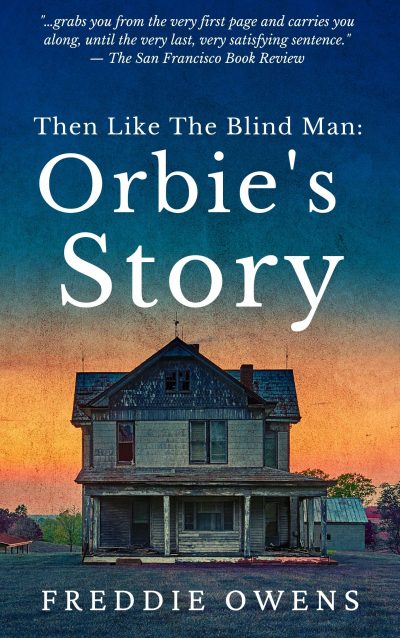Description
Then like the Blind Man: Orbie’s Story is set in the segregated South of the 1950’s and is a saga of high adventure and magical realism. Hamlet meets Huckleberry Finn or The Secret Life of Bees meets Bastard Out of Carolina are ways of describing it—a work of visual detail replete with spot on use by author Freddie Owens of the Southern vernacular and a sensitive, natural channeling of a boy narrator.
Feisty nine-year-old Orbie Ray hates his stepfather even more than he does mean colored kids with knives—a fact that lands him at Harlan’s Crossroads, there to spend a drought summer on his grandparent’s dirt farm while his family travels on to Florida’s sunny climes. Resentful, fearing for his naively religious mother, Orbie pines for the return of his dead father. To make matters worse, he must now deal with his maverick “nigger loving” grandparents and the black Pentecostal congregation of snake handlers they are a part of.
We follow the boy as he struggles and succeeds at making friends among the colored boys of Kingdom Church—as he then wanders the hills and hollers of Kentucky tormented by visions of his father’s murderer, encountering soothsayers, bizarre electrical phenomena, and backwater bigots along the way. A black Choctaw preacher-man introduces him to a power potent enough to destroy his enemies yet inaccessible to anybody motivated by revenge. Thus, when his family returns and the crimes of the stepfather come to light, the boy finds himself walking straight way into a storm of unusual meteorological and psychological magnitude, compelling him to unravel his own hatreds and the riddle of the power.




Comments